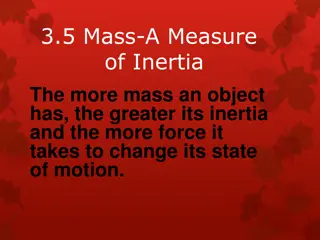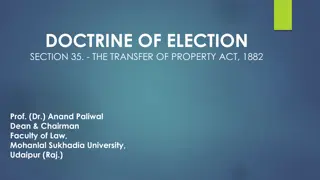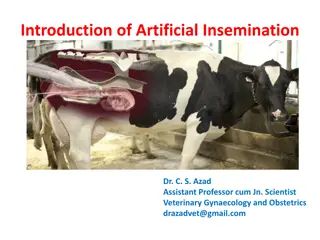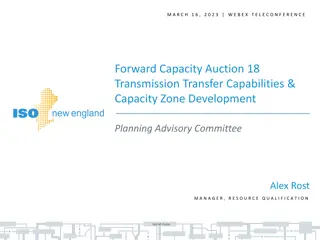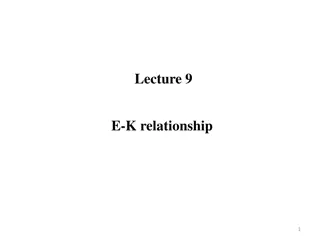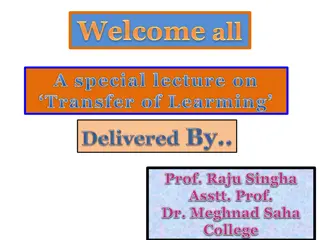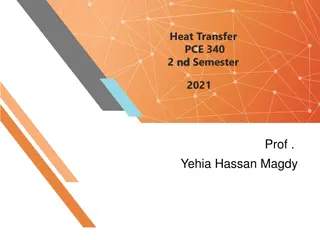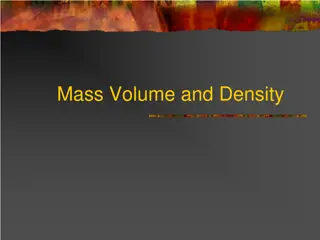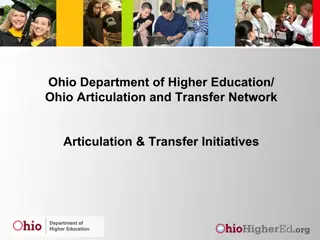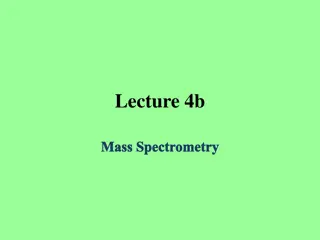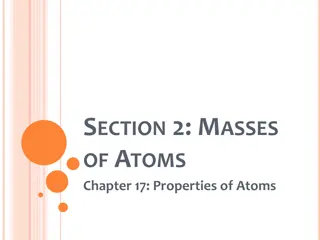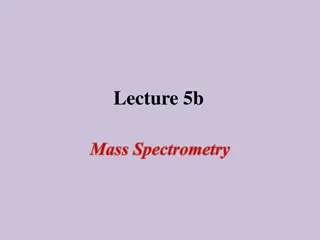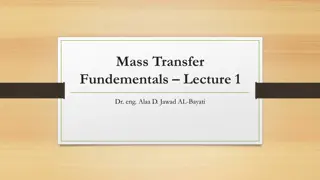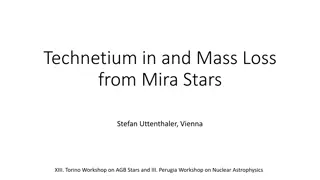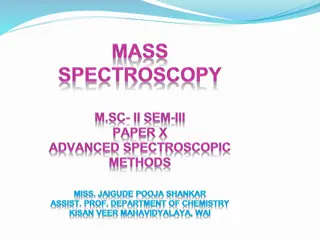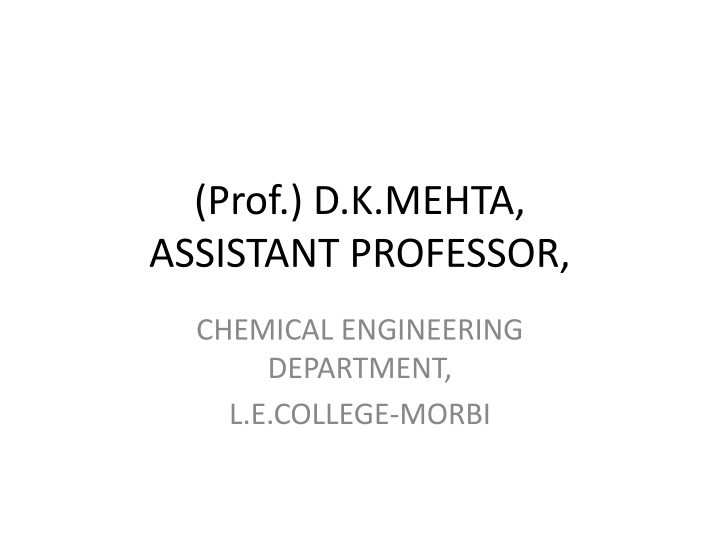
Introduction to Mass Transfer Operations and Direct Contact Phases
"Learn about the fundamentals of mass transfer operations, including different phases of direct contact such as gas-liquid, gas-solid, and liquid-solid interactions. Explore the processes involved in gas absorption, distillation, sublimation, extraction, crystallization, and more."
Download Presentation

Please find below an Image/Link to download the presentation.
The content on the website is provided AS IS for your information and personal use only. It may not be sold, licensed, or shared on other websites without obtaining consent from the author. If you encounter any issues during the download, it is possible that the publisher has removed the file from their server.
You are allowed to download the files provided on this website for personal or commercial use, subject to the condition that they are used lawfully. All files are the property of their respective owners.
The content on the website is provided AS IS for your information and personal use only. It may not be sold, licensed, or shared on other websites without obtaining consent from the author.
E N D
Presentation Transcript
(Prof.) D.K.MEHTA, ASSISTANT PROFESSOR, CHEMICAL ENGINEERING DEPARTMENT, L.E.COLLEGE-MORBI
TOPIC:- INTRODUCTION AND CLASSIFICATION OF MASS TRANSFER OPERATIONS SUBJECT:-Mass Transfer Operation-I SUBJECT CODE:-3150501
3150501- MASS TRANSFER OPERATION-I The unit operations involve changes in composition of solutions are known mass transfer operations. The mass-transfer operations are characterized by transfer of a substance through another on a molecular scale. It is a very slow molecular diffusive movement.
Direct contact of two immiscible phases (1)Gas-Gas (2)Gas-Liquid (3)Gas- Solid (4)Liquid-Liquid (5)Liquid- Solid (6)Solid- Solid
(1)Gas-Gas Since with very few exceptions all gases are completely soluble in each other, this category is not practically realized.
(2)Gas-Liquid Distillation :- All components of the system distribute between the phases at equilibrium. e.g., fractional distillation of petroleum. Gas Absorption:- Both phases are solution but only one component which distribute between phases. e.g., air-ammonia separation by water. Humidification:- Liquid phase is pure liquid and gas phase contains two or more components. e.g., humidification of air
(3) Gas-Solid Sublimation:- Solid solution is partially vaporize without the appearance of a liquid phase. Drying:- If a moistened solid is exposed to relatively dry gas, the liquid diffuses into the gas. e.g., drying laundry. Adsorption:- If a gas mixture brings in contact with solid one or more component of gas mixture diffuses into the solids e.g., adsorption of water vapor from air into activated silica gel
(4) Liquid-Liquid Extraction:- It involves separation of a liquid solution with the contact of another insoluble liquid. e.g., separation of acetone- water solution by carbon tetrachloride.
(5) Liquid-Solid Crystallization:- Formation of solid particles within a homogeneous phase. Leaching:- Selective solution of a component from a solid mixture by a liquid solvent is known as leaching. e.g., leaching of gold from its ores by cyanide solutions. Adsorption:- If a liquid mixture brings in contact with solid one or more component of liquid mixture diffuses into the solids e.g., removal of colored material from sugar solution by activated carbon.
(6) Solid-Solid Because of the extra ordinarily slow rates of diffusion within solid phases, there is no industrial separation operation in this category.




